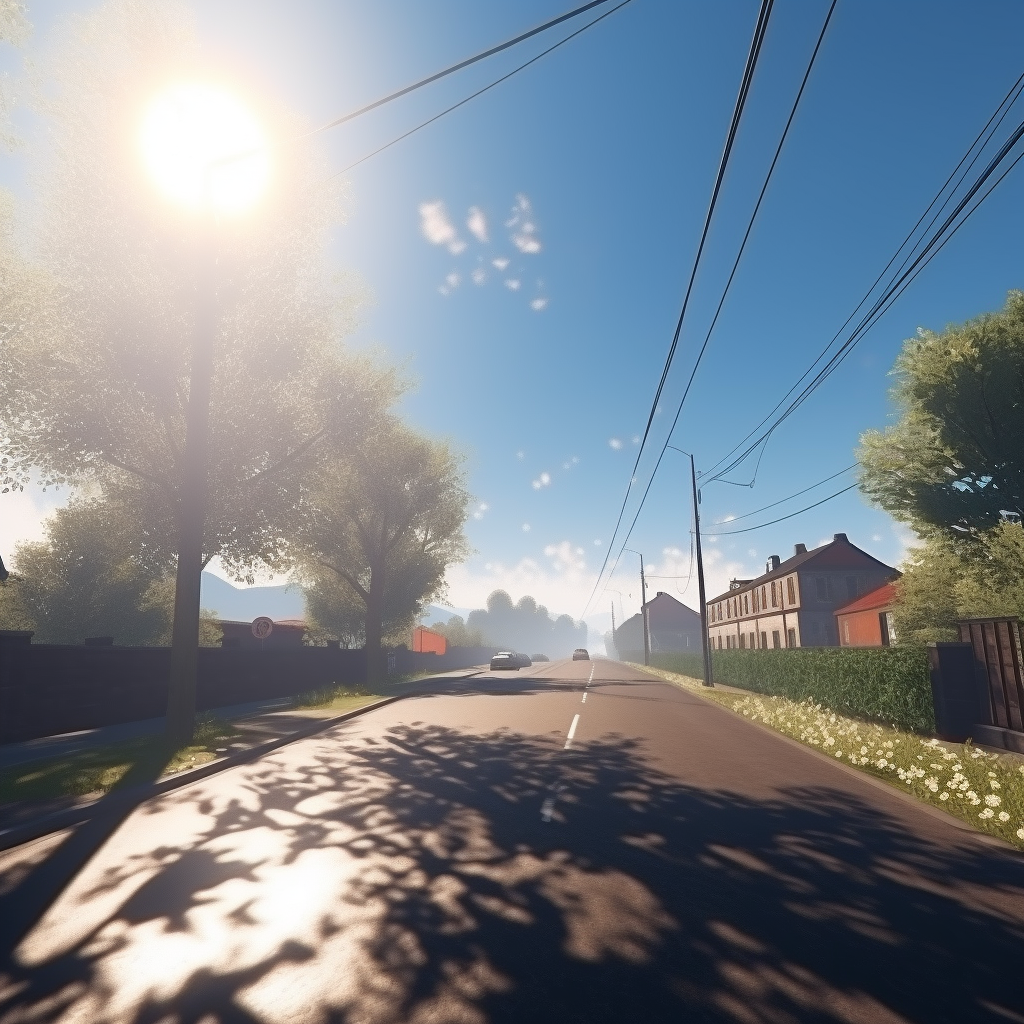April 24, 2023
The Effects of Europe’s Increasingly Intense Heat Waves and Potential Solutions
Book a Demo
Europe is no stranger to heat waves, but in recent years, they have become more intense and frequent due to climate change. The impact of this phenomenon on human health, agriculture, and infrastructure is significant and cannot be ignored.
Heat stress is a major concern in many European cities, which are more vulnerable than rural areas. According to recent studies, the number of heat-related deaths in Europe is expected to rise from approximately 2,000 per year to 50,000 by the end of the century if no action is taken to reduce greenhouse gas emissions.
The current heatwave that Europe is facing is unprecedented, with temperatures reaching over 40C, causing health concerns. Wildfires and water shortages have resulted from the heat, and agriculture is being impacted, with lower crop yields expected.
To mitigate the impacts of heat stress, measures such as green roofs and urban forests can be implemented. Green roofs can reduce the heat island effect in cities by providing shade and evaporative cooling, while urban forests can also provide shade and help regulate temperature.
Adaptation strategies are also needed in cities to reduce heat exposure and improve resilience. Urban design and green infrastructure can help reduce heat exposure, and public awareness campaigns can educate the public on ways to stay safe during heat waves.
Vulnerable populations, such as the elderly, are at highest risk from heat stress. Effective strategies are needed to protect them, such as providing access to cooling centers and ensuring that they are aware of the risks and how to protect themselves.
Urgent action is needed to reduce greenhouse gas emissions and slow climate change. The impacts of heat stress on human health, agriculture, and infrastructure cannot be ignored. It is up to all of us to take action and implement solutions to mitigate the impacts of heat stress and adapt to the changing climate.



